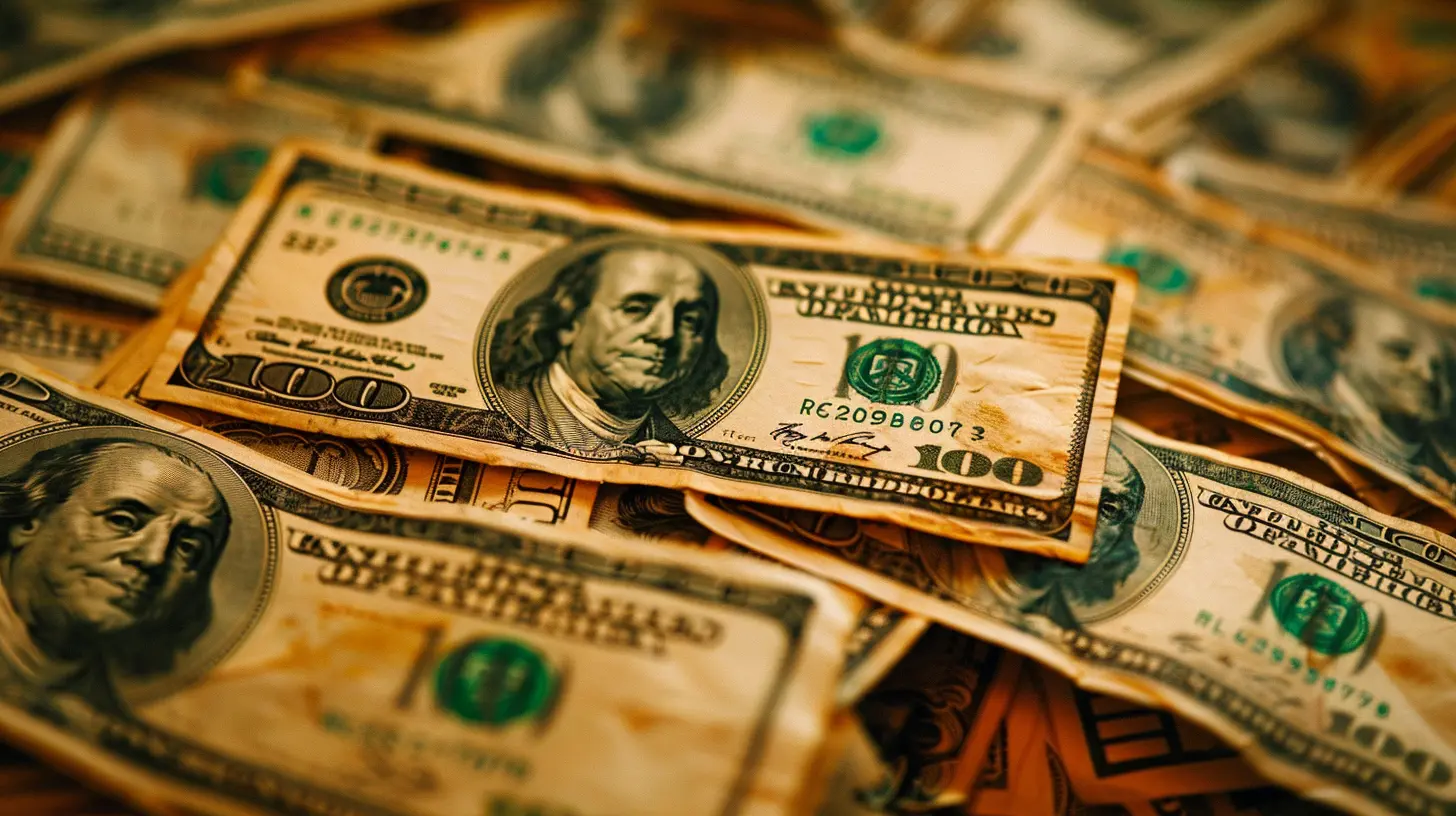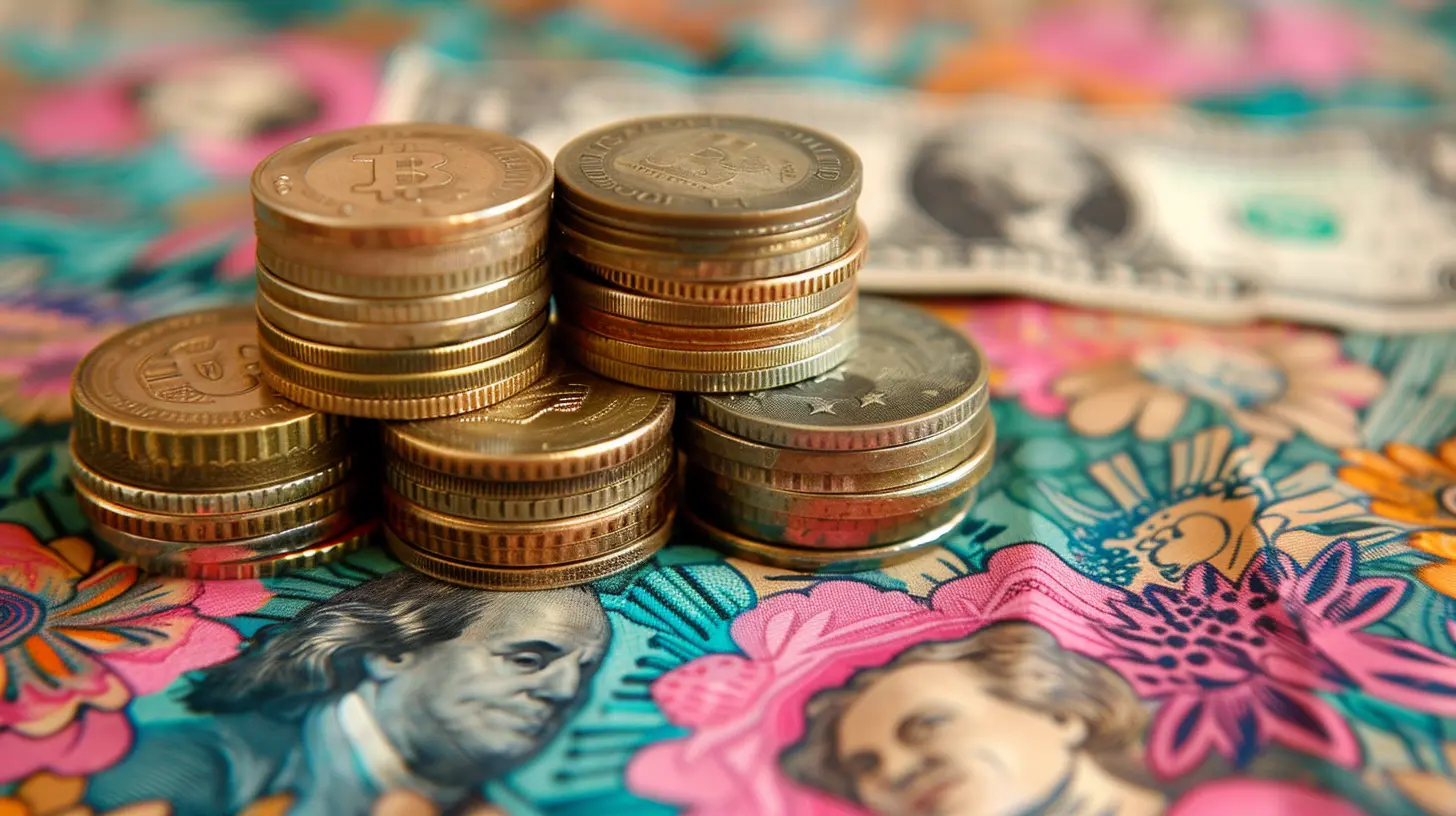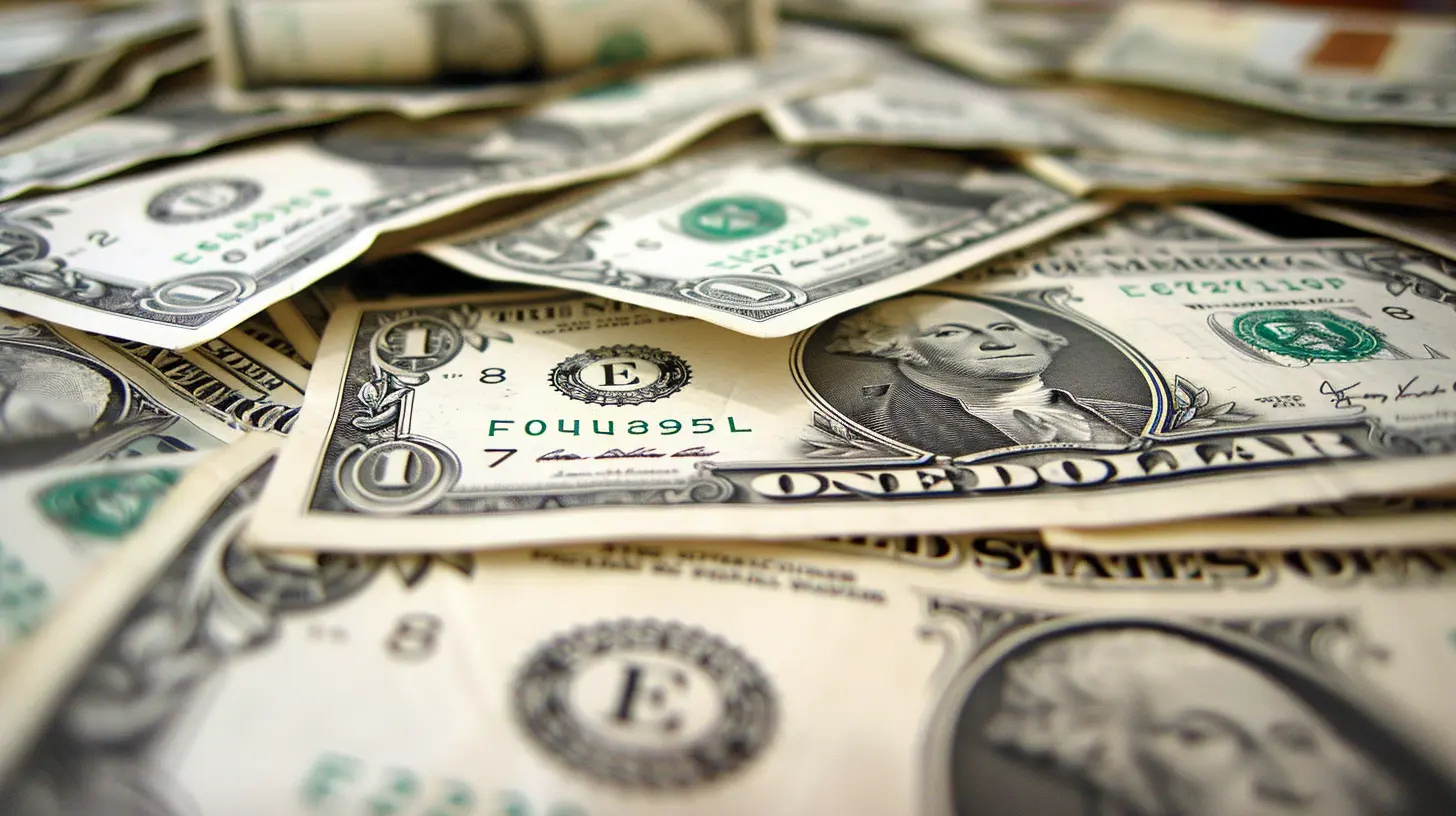4 March 2025
Running your own business is exhilarating, isn’t it? The freedom to call the shots, the joy that comes with every victory, and yes—let’s admit it—the occasional sleepless nights. Whether you’re a solopreneur juggling all the tasks or a small business owner managing a team, one thing remains crystal clear: cash flow is the lifeblood of your business. And at the heart of healthy cash flow lies a solid cash reserve strategy.
Let’s dive into why cash reserves are essential for small business survival and how you, as a savvy entrepreneur, can create and maintain a safety net for your business. Trust me, by the end of this guide, you’ll feel more confident about managing your finances and staying prepared for whatever comes your way.
Why Do Small Businesses and Solopreneurs Need Cash Reserves?
Imagine this: your main client suddenly takes a break, or worse, goes out of business. Or an unexpected expense pops up, like replacing your laptop or paying for emergency repairs at your office. Do you scramble to cover the bill? Or do you tap into your well-planned cash reserve?Cash reserves act as your financial cushion. They’re not just for emergencies; they’re also a tool to keep your business running smoothly when cash flow slows or when opportunities come knocking—think about snagging a discounted deal on equipment or funding a small marketing campaign.
The Golden Rule of Business Balance
Think of cash reserves as your business’s rainy-day fund. Just as you’d keep an umbrella handy when the forecast looks gloomy, a proper cash reserve protects your business from financial downpours. Without it, you’re left vulnerable to cash crunches, which can be stressful and frankly, bad for your bottom line.
How Much Cash Reserve Should You Have?
Let’s cut to the chase: there’s no one-size-fits-all answer. The ideal cash reserve depends on your business’s size, structure, and revenue consistency. But don’t worry; I’m not going to leave you hanging. Here’s a general guideline:1. For Solopreneurs
- Aim for 3-6 months’ worth of personal and business expenses.Why? If you’re the only one running the show, a dry spell in your income could mean trouble for not just your business but your personal finances as well.
2. For Small Business Owners
- Keep at least 3 months of operating expenses.This includes rent, salaries, utilities, and other fixed costs. If your business is in a volatile industry, consider extending this to 6 months or more. It’s better to overprepare than be caught off guard, right?
The 50/30/20 Approach
A simple budgeting framework to help build your reserve is the 50/30/20 rule:- 50% of your income goes toward essential business expenses
- 30% toward growth and discretionary spending
- 20% directly into your cash reserve

Step-By-Step Strategies to Build Your Cash Reserve
Okay, so now you know how much to aim for, but how do you actually get there? No magic wand here—just smart strategies and consistent effort.1. Start Small, Think Big
You don’t have to save a huge lump sum overnight. Begin with small, consistent contributions. For instance, set aside 10% of your monthly revenue until you hit your target. Baby steps lead to big results, just like how pennies add up to dollars over time.2. Automate Your Savings
Let’s face it: life happens, and sometimes saving takes a backseat. Setting up automatic transfers to a designated cash reserve account ensures you’re building your fund without even thinking about it. Out of sight, out of mind—but in a good way.3. Diversify Your Revenue Streams
Are you putting all your eggs in one basket? Time to rethink. Diversifying your income reduces the risk of revenue dry spells. Whether it’s offering new services, creating passive income streams like eBooks or online courses, or taking on side gigs, a little diversity can go a long way.4. Cut Unnecessary Expenses
Take a hard look at your business expenses. Are you paying for software you barely use? Could you negotiate better rates with vendors? Every dollar saved is a dollar you can put into your reserve. A penny saved is a penny earned, after all.5. Establish Clear Payment Terms
If you work with clients on a project basis, consider tightening up your payment terms. Request upfront deposits, set shorter invoicing periods, or even offer incentives for early payments. The faster you get paid, the easier it is to funnel money into savings.
When and How to Use Your Cash Reserve
Here’s the tricky part. You’ve built your cash reserve, but when exactly should you dip into it? Spoiler alert: not for every little hiccup.Emergency-Only Rules
Ask yourself:- Is this expense critical to keeping my business afloat?
- Will not paying this bill disrupt operations?
If the answer is “yes,” then go ahead and use your reserve. Examples include unexpected equipment repairs, sudden drops in revenue, or emergency medical needs (if you’re the face of the business).
Replenish ASAP
Once you’ve used your cash reserve, make it a priority to replenish it. Think of it like refilling your car’s gas tank after a road trip. The longer you wait, the more you risk running dry when you need it most.Tools and Resources to Help You Save
Technology can be a game-changer when it comes to managing your cash reserves. Here are a few tools to make life easier:1. Budgeting Apps
Tools like QuickBooks, Mint, or Wave help you track income and expenses, so you know exactly how much you can set aside each month.2. High-Interest Savings Accounts
Park your cash reserve in a high-yield savings account. Not only does this keep your funds separate, but it also earns you a little extra.3. Cash Flow Forecasting Software
Platforms like Float or Pulse can help you predict financial lulls and plan ahead, giving you a clearer picture of when you might need to rely on your reserves.The Psychological Benefits of a Cash Reserve
Now, saving money isn’t just about the numbers; it’s about peace of mind too. Think about it: wouldn’t it feel amazing to know that you’re prepared for whatever life throws your way? No more sleepless nights worrying about how you’ll cover next month’s rent or payroll. A cash reserve gives you the confidence to take calculated risks, invest in growth opportunities, or simply breathe a little easier.Common Mistakes to Avoid
Even the best intentions can go sideways if you’re not careful. Avoid these pitfalls:1. Dipping Into Reserves for Non-Essential Expenses
That shiny new gadget or fancy office furniture can wait. Stick to the essentials!2. Not Separating Personal and Business Reserves
Mixing the two can get messy fast. Keep your business reserve separate and sacred.3. Failing to Reassess Periodically
Your business will evolve, and so will your needs. Make it a habit to review your cash reserve goals every year.Final Thoughts
Creating a cash reserve isn’t just about financial discipline; it’s about setting your business up for long-term success. While it may take time and effort to build, the payoff is unbeatable. Remember, slow and steady wins the race. It’s not about how quickly you save—it’s about staying consistent and committed.So, whether you’re just starting out or already established, take the first step today. Trust me, future you will thank you for it.











Veronica Roth
This article is a valuable resource for solopreneurs and small business owners looking to enhance their financial stability. Implementing effective cash reserve strategies is crucial for navigating unexpected expenses and ensuring long-term success. Prioritizing saving and managing cash flow thoughtfully can significantly impact overall business resilience and growth.
April 1, 2025 at 7:03 PM